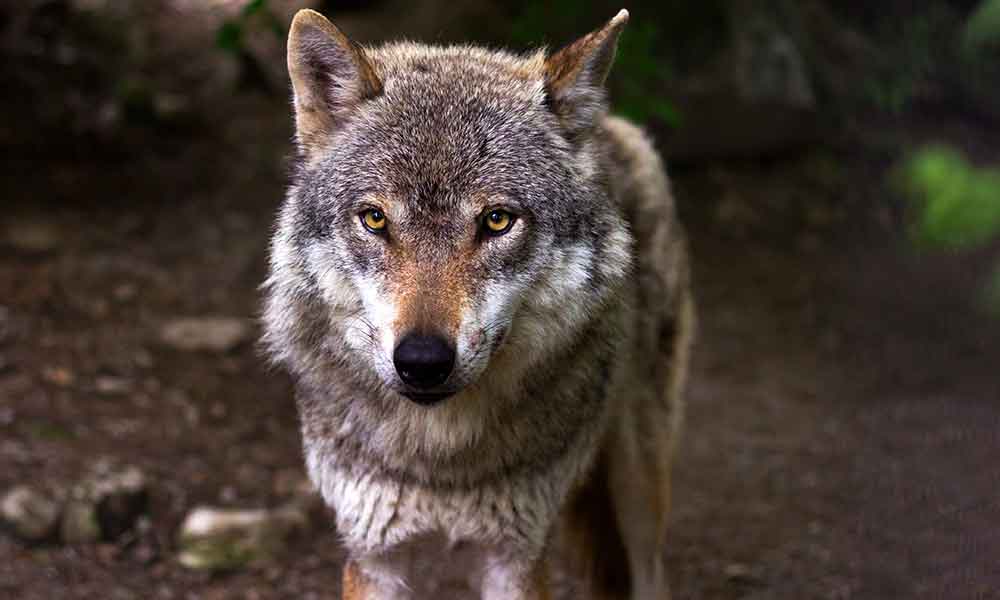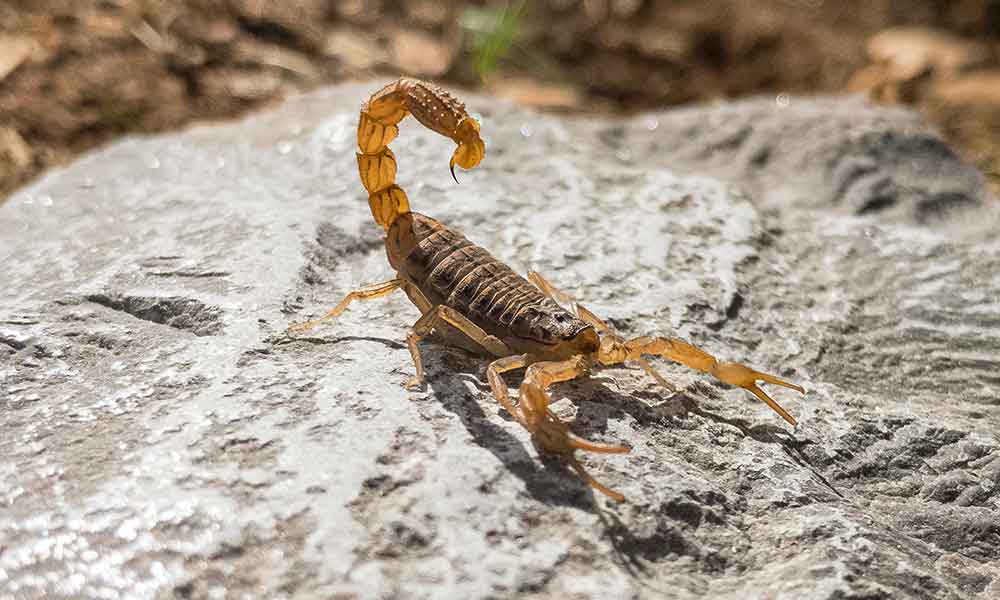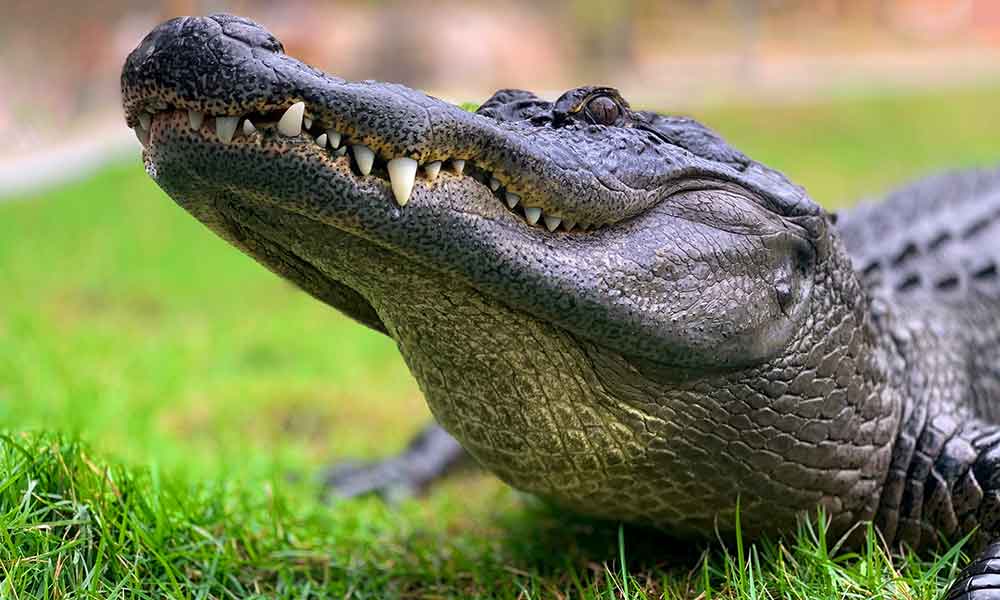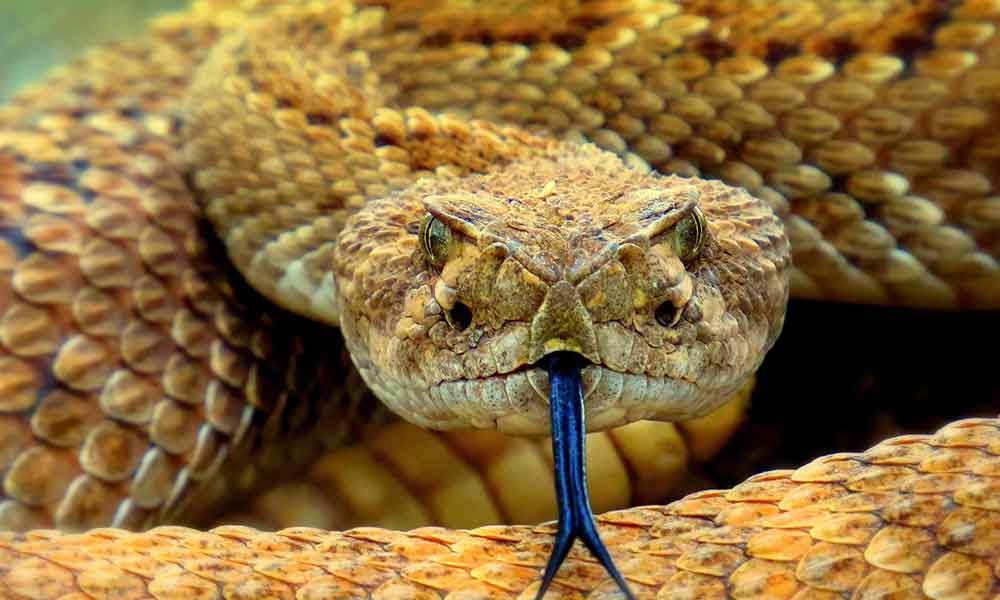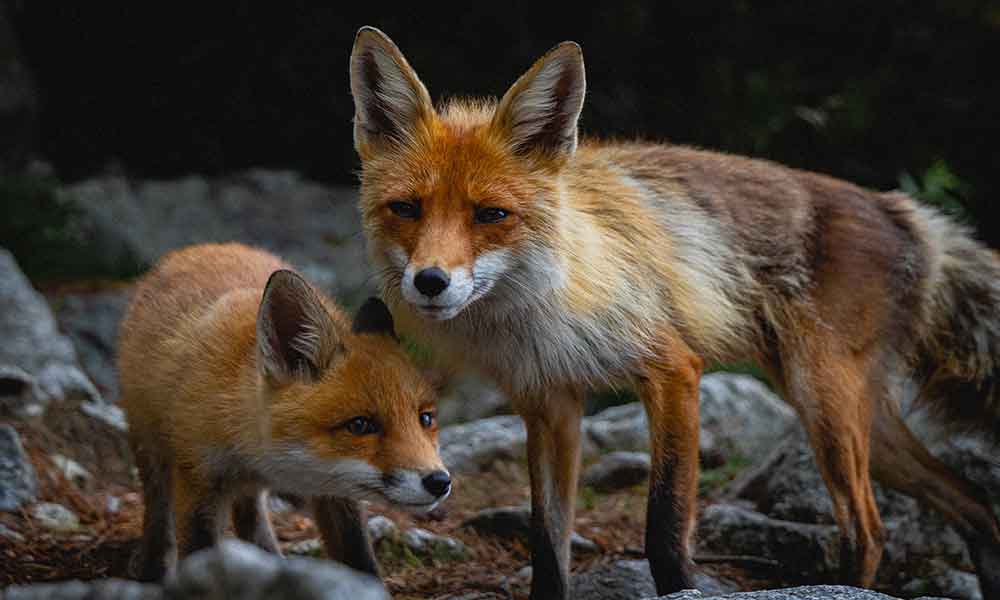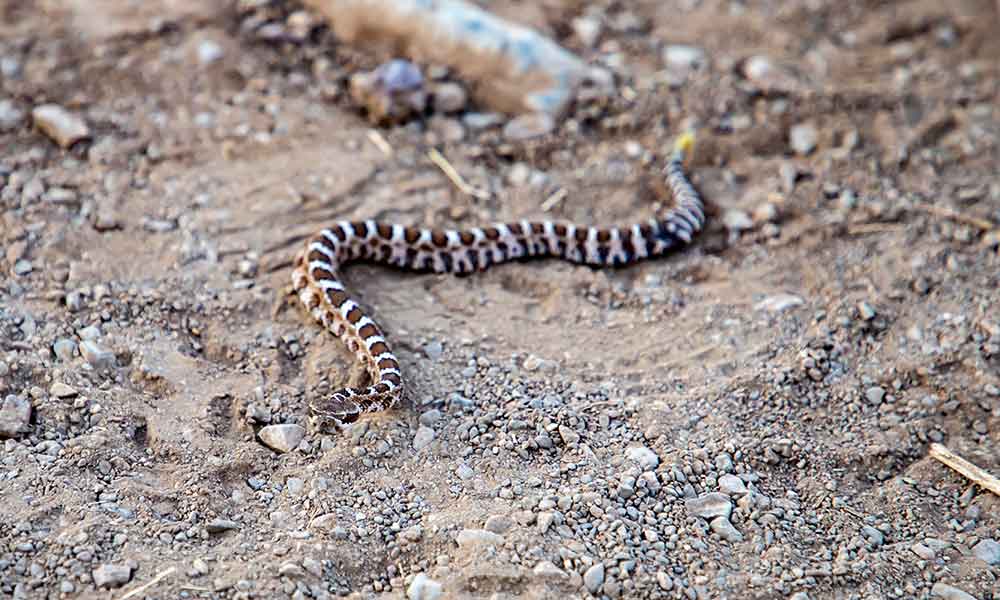There are between 15,000 and 20,000 wolves in the United States and over 50,000 in Canada. These animals are spread across multiple species, including many species of the gray wolf.
Types of Wolves in North America
There are three main types of wolf in North America, the largest of which is the gray wolf (canis lupus). However, there are also several subspecies.
See below for a full list:
Eastern Wolf (Canis lupus Lycaon)
- Other Names: Timber Wolf, Eastern Timber Wolf, Algonquin Wolf
- Size: 53 lbs.
- Location: South Eastern Canada, New England
Eastern wolves can be found in Canadian forests, though very few of them remain. They are an endangered species and it’s said that fewer than 500 of them remain.
It is believed that the eastern wolf is a hybrid of the coyote and the gray wolf.
Red Wolf (Canis rufus)
- Other Names: Florida Black Wolf, Mississippi Valley Wolf
- Size: 45 to 80 lbs.
- Location: Southeastern Texas
The red wolf is closely released to the eastern timber wolf and is believed to be a cross between a gray wolf and a coyote. It used to be found throughout the southeastern United States, but its numbers plummeted and it was then declared extinct in the wild.
In recent years, breeding programs have helped to increase red wolf populations and it has since been reintroduced. It is still considered to be an endangered species, though.
Mexican Grey Wolf (Canis lupus baileyi)
- Other Names: The Lobo
- Size: 59 to 99 lbs.
- Location: Southeastern Arizona, Southern New Mexico, and Northern Mexico
The Mexican wolf is the smallest of all gray wolf subspecies. It was once found throughout the southeastern United States and Mexico, but it’s not thought that just 100 or so remain. Mexican wolf populations are protected by the endangered species act.
Arctic Wolf (Canis lupus arctos)
- Other Names: White Wolf, Polar Wolf
- Size: 75 to 159 lbs.
- Location: Alaska, Canada, and Greenland
This all-white wolf lives in the extreme north and rarely encounters humans. It often regards humans with curiosity rather than fear, but they are still a threat and shouldn’t be approached.
Arctic wolves hunt hares, muskox, and caribou. They often take refuge in caves.
Great Plains Wolf (Canis lupus nubilus)
- Other Names: Buffalo Wolf, Loafer
- Size: 60 to 110 lbs.
- Location: Great Lakes Region
Although the great plains wolf was once very common, it has since been hunted almost to extinction. It is claimed that these wolves still live around the Great Lakes region.
Rocky Mountain Wolf (Canis lupus irremotus)
- Other Names: Northern Rocky Mountain Timber Wolf
- Size: 70–150 lbs.
- Location: Southern Alberta, Western Montana, Eastern Idaho, and Western Wyoming
There are two subspecies of this creature: the northern rocky mountain wolf and the southern rocky mountain wolf.
Their numbers are not as threatened as other species of wolves, and there are strong numbers in several northern US states.
Mackenzie Wolf (Canis lupus mackenzii)
- Other Names: Mackenzie River Wolf, Mackenzie Arctic Wolf, Alaskan Timber Wolf, Canadian Timber Wolf
- Size: 175 lbs.
- Location: Alaska and Canada
Most Mackenzie wolves are located in Canada, but they can also be found in the United States. They were reintroduced to Yellowstone National Park in the 1990s, where they are known to hunt bison, deer, and elk.
Alexander Archipelago Wolf (Canis lupus ligoni)
- Other Names: Islands Wolf
- Size: 30-50 lbs.
- Location: Southeast Alaska
The Alexander Archipelago wolf is a gray wolf subspecies that’s a little smaller than its relative. It can be found from Dixon Entrance to Yakutat Bay in Alaska and most of its habitat is in the Tongass National Forest.
Wolf Dog Hybrids (Canis lupus familiaris)
- Size: 50 and 100 lbs.
- Location: North America
Wolf-dog hybrids, as the name suggests, are a cross between domestic dogs and wolves. Dogs and wolves can breed freely and the same applies to their offspring, but they are relatively rare in the wild as wolves are often very protective of their territories and will warn away dogs.
Frequently Asked Questions about North American Wolves
Do you still have a few questions about the gray wolf, red wolf, arctic wolf, or any of the other species of wolf in North America? Check out the following FAQs for more information.
What is the Largest Wolf in North America?
The Northwestern wolf is not just the largest wolf in North America, it’s also the largest in the world. These creatures average around 130 to 140 pounds for males and just over 100 pounds for females. The largest one on record was a monstrous 175 pounds!
The Northwestern wolf spans 7 feet in length and 3 feet in height.
What Color are Most Wolves in North America?
Despite their name, gray wolves can range in color from white to black. It depends on the subspecies, but many of them are a shade of brown formed by a combination of black, white, and brown hairs.
What Kind of Wolves are in the USA?
Many of the wolf populations mentioned above can be found throughout North America but primarily reside in Alaska and Canada.
The gray wolf is the most common species in the United States and as seen above, there are several subspecies.
How Many Gray Wolves are Left in the United States?
There are approximately 7,500 gray wolves in the lower United States. Most of these are located in California, Idaho, Montana, Michigan, Wisconsin, Minnesota, Wyoming, Washington, and Oregon.
Which State has the Most Wolves?
Alaska has the most wolves of any state in the USA. After Alaska, Minnesota is a distant second and there are thought to be over 2,000 in the Gopher State.
What Do Wolves Eat?
Wolves are carnivores and they feed primarily on large mammals like moose, bison, deer, and elk. They hunt in packs, so they are able to tackle animals that are larger than they are, but they also feast on smaller mammals, including rats, beavers, and mice. Wolves can eat up to 20 pounds of meat in a single meal.

